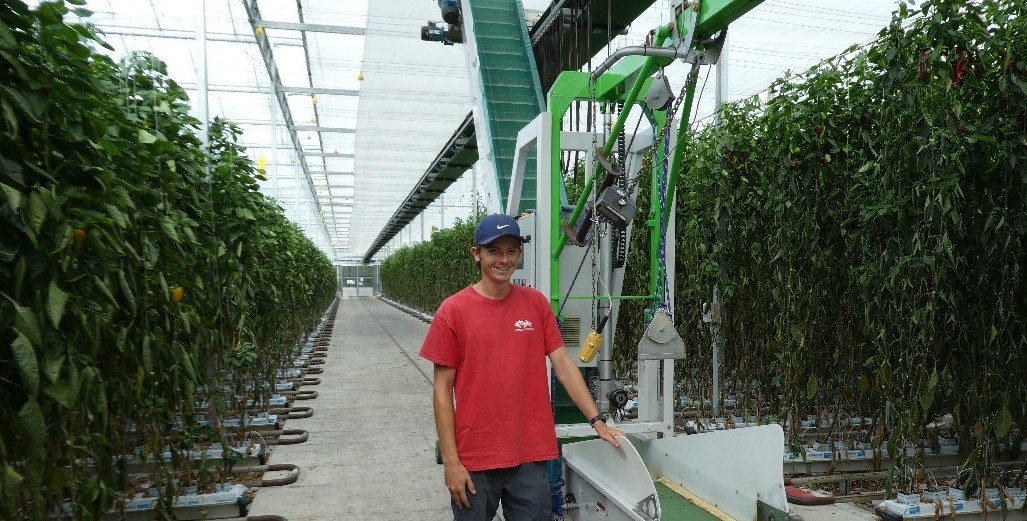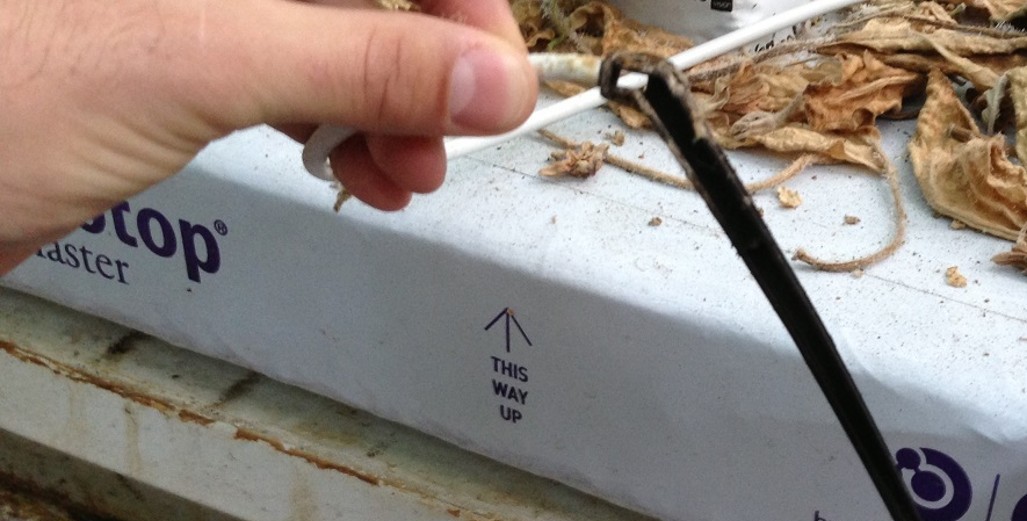Tony and Joanne Ivicevich
71 years young and still growing!
Tony and Joanne were born in 1947. Joanne’s family immigrated to New Zealand in 1953 from Gloucestershire, England. Tony was educated at Lynfield College, Auckland and Joanne at Auckland Girls Grammar. From school, Tony began work as a shipping clerk for import merchants Neil Cropper and Co, and later an industrial chemicals sales rep.
Joanne also gained employment at Neil Cropper and Co, as a shorthand typist, this is how they first met and have now been married for 48 years. Their daughter Danica currently lives in Tauranga.
Tony later changed jobs to start selling offset printing machines for an American company. Tony, with work colleague bought into a small struggling printing business and lasted 8 years. Working long hours, high pressure took its toll, so in 1979 Tony decided the printing business was not for him and that he should do something with the eight acres in Pomona Road Kumeu purchased six years earlier. The change was inspired by a magazine photo of a smiling grower surrounded by waste-high flowers under a glasshouse roof and clear blue sky
Tony and Jo with the help of Jo’s sister Sue built their first glasshouse from a supposed kitset on the property (1979) followed by a Faber Greenhouse eighteen months later. In total Tony and Joanne had 1700 square meters of greenhouses. Tony had no knowledge of growing, he undertook a night course at Unitec and sourced information from MAF and an advisor from Turners and Growers. MAF was a free service in those days but that stopped soon after. At Unitec he learned the at the time glasshouse tomatoes were considered by MAF like corner dairies – 60% of NZ growers had less than two years’ experience. There were some 1200 tomato growers at that time producing no more than 20 kg/m2!
The first crop was long beans in 1979 following a recommendation (at the time) that it was not the right time to plant tomatoes! (how times have changed!!) Joanne remembers the long hours on the lounge floor of their home sorting beans and after picking, walking from the back of the glasshouse to see that beans needed picking again!!
Joanne and Tony remember receiving their first tomato plants, they didn’t even know how deep to plant them and following the kind help of two local tomato grower families planted their first crop of tomatoes in 1980, first growing in soil for two years before moving onto sawdust and then pumice bags.
There was a great deal of trial and error with the first tomato crop, as technical information, on how and what to grow was not as readily available as it is today. Tony remembers a visit they had from Auckland Vegetable and Produce Growers’ Society Inc. Secretary Max Wordsworth and wife Olive. Olive’s comment on the first crop was “….what these need is a bloody good drink of water” All that night the tap was left on watering all night. In the morning the soil surface still looked dry but on stepping into the glasshouse he sank up to his calves in mud! Tony was offered some strong wool carpet cord by another grower’s dad to tie his plants up with! The cord later delaminated and one by one and the plants fell down due to the increased weight. After restringing the whole house (with proper string) the light wire recommended failed under the weight so there was another round of re-stringing once the wires were replaced!
Tony joined the West Auckland Glasshouse Group [WAGG] that met monthly on [12] members’ properties and learned an incredible amount from some very old hands. Tony and Joanne were invited to the Vegetable Growers’ AGM dine and dance where Tony was immediately elected onto the Society’s committee thus starting his long involvement with the different industry growing organisations. This was a great way to interact with other growers, learn and make contacts within the industry.
Over the next 20 or so years Tony and Joanne learnt their trade and became extremely good at growing. With the advent of Australian imports and supermarkets demanding big single lines of tomatoes, growers started to work together and packhouses like Karaka [now NZ Hothouse], PTO and Lateral were established. Tony and Jo were founder members of Lateral Packhouse in West Auckland with members of WAGG and many others.
At the start of the millennium new business opportunities became apparent, Tony, Joanne and two other business partners decided to relocate, build new greenhouses’ and a large pack house at their current location on State Highway 16 between Kumeu and Waimauku.
Tony was part of the team that designed the DFT (Deep Flow Technique) system which is used to grow his tomatoes. I will dedicate a future article to this growing system.
Together they built 3 plastic greenhouses, on three separate titles, totalling 2ha of growing area. Between them the Beekist brand was born (Joanne suggested the name). They started packing tomatoes for 40 local growers in the area. As time went on the growers slowly retired, the structure of the pack house business changed with the Beekist Services packing business sold to Turners and Growers combining it to the PTO Packhouse in Otahuhu and the Beekist brand, leased for ten years was finally sold, now owned by Turners and Growers.
Thirty-eight years on, Tony and Joanne continue to grow in their 4000m2 plastic greenhouse. They produce large truss tomatoes and pack their own. Tony and Jo have gone from producing 20kg per m2 of tomatoes in 1980, to 50kg m2 in 2018. Innovation, a willingness to learn and put in the hard yards has seen Tony and Joanne become one of New Zealand’s best growers.
Tony and Joanne grow large truss marketed via MG Marketing. You might notice the protective covers under the fruit, this is just one example of the extra care and attention that makes these growers stand out.
Tony was part of the Auckland Vegetable and Produce Growers Society that had set up Veg-Gro Supplies Ltd after many years of trading under just the Society’s name, which is now the Horticentre Group, and is still its chairman and Horticentre Trust trustee. He was chairman of what is now known as Tomatoes NZ for 11 years and a Horticulture NZ Board Member for 9 years after 2 years on the establishment board. In 2015 Tony was made a Life Member of Hort NZ. and Life Member of Pukekohe Vegetable Grower’ Association Inc
It was such a joy to chat with Tony and Joanne, I now appreciate how much they have contributed and assisted our industry over the years. Tony and Joanne’s contribution, to the various boards, has been a huge sacrifice, it took its toll on business, as it meant being away at meetings and conferences for long periods of time. You cannot achieve all they have without a huge passion for the industry.
Tony and Joanne are now 71 (you would never know by looking at them). They are thinking of retiring shortly after a massive 38 years growing tomatoes. The no 8 wire kiwi attitude ‘get stuck in and do it’ is exactly what these two have done. We are better off for Tony and Joanne Ivicevich becoming tomato growers. We just need Tony to write a book so we don’t loose all of that valuable knowledge and information.
Tony and Joanne keep their property immaculate. Their gardens match the care and attention that flows through to the greenhouse.
Joanne and Tony have always supported their staff. The day I arrived they were celebrating Angela’s birthday. She has been employed by them for 17 years. Joanne made the cake!! It was scrummy. Don’t tell my wife!!
Just another example of the excellently maintained grounds and greenhouse



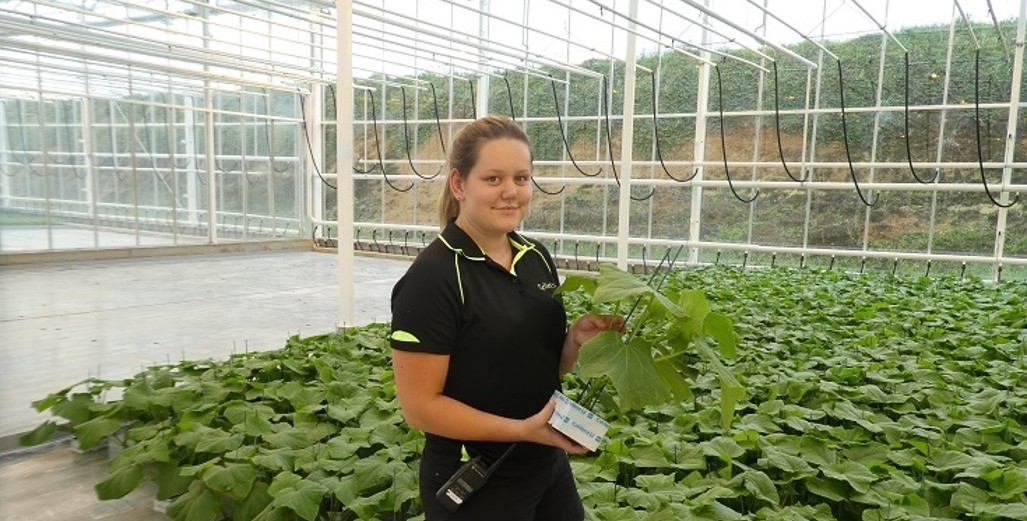
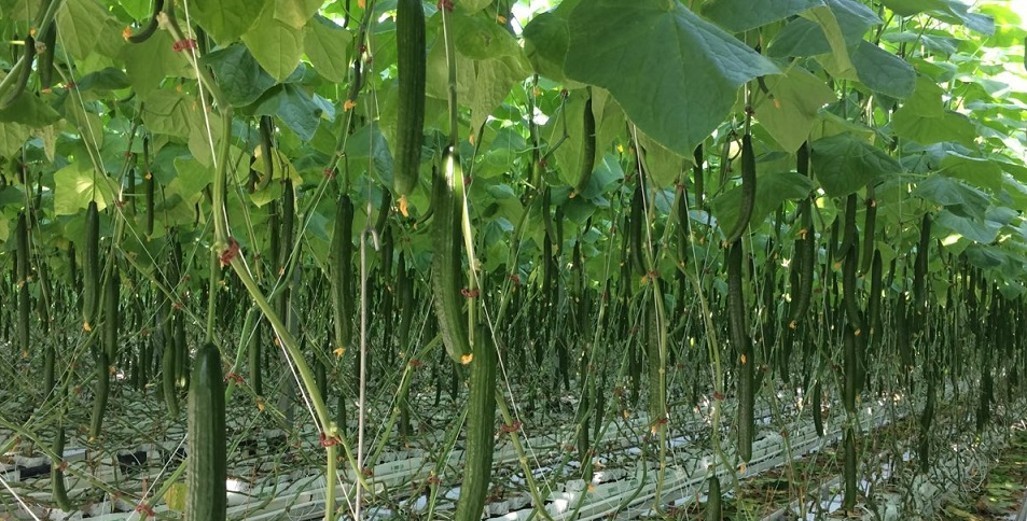





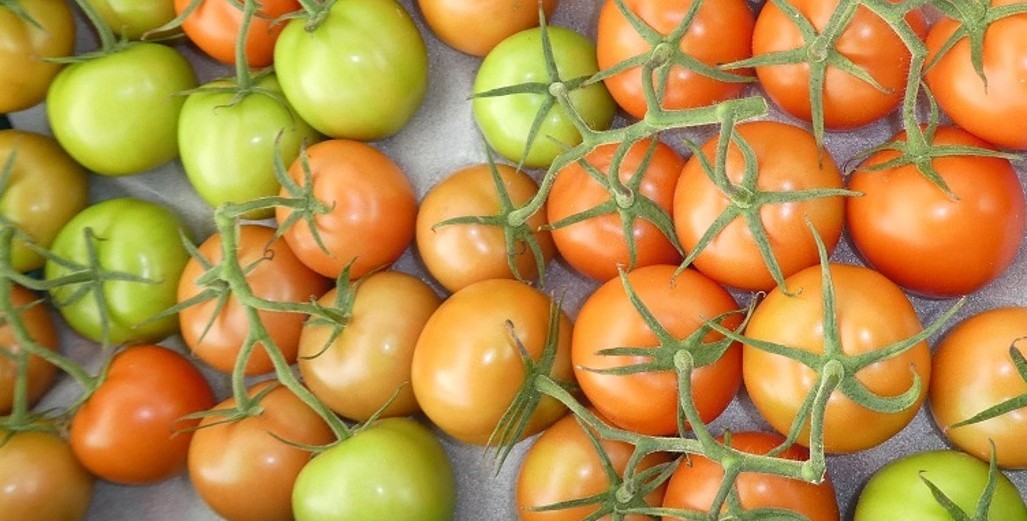





.jpg)


